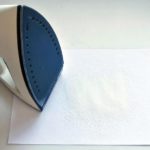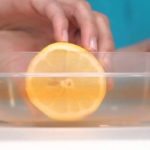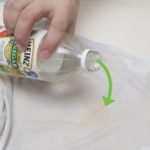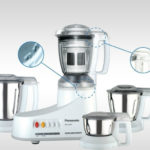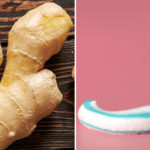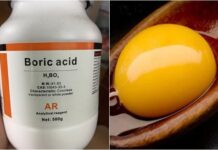Soak the pot in pickle water
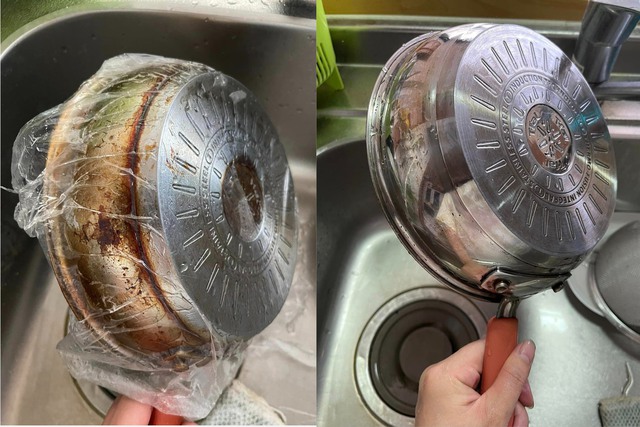
Stainless steel pan before and after soaking in pickle water for cleaning.
Windy Nguyen
On a occasion of pickling mustard greens, Mrs. Hau poured water into the stainless steel pot and placed it on the mustard greens to press it. A few days later, when she took out the pot, she found that the bottom part was suddenly white. Thinking that pickle water can clean, after removing all the mustard greens, she submerged the pot in pickle water to do the test. After 2 days, Mrs. Hau’s stainless steel pot was completely clean. From then on, she always applies this method to clean the pots in her family.
If you don’t immerse the entire pot, pan, people can spray pickle water solution on the surface and then wrap it tightly with cling film. After 2 days, take it out and clean it with clean water.
“Compared to other methods, I see pickling water takes more time, but it is safe because it does not use chemicals, does not require strong physical force for scrubbing”, Mrs. Hau shared.
Use sand to scrub the pot
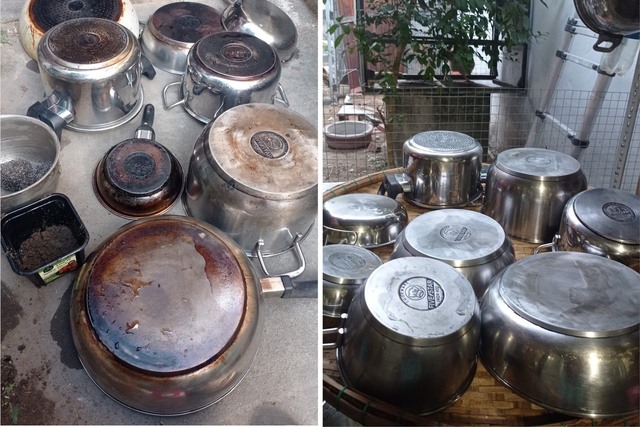
Mrs. Huong’s pot and pan before and after using sand for scrubbing.
Huong Nguyen
Mrs. Huong (44 years old) uses sand in her garden to scrub the dirty bottom of pots and pans. “No need for cleaning agents, no harmful chemicals, sand with a price of 0 VND can be taken from the garden”, Mrs. Huong said.
Just a little sand, use an aluminum pot scrubber to dip the sand on the surface and then start scrubbing. The combination of sand helps to clean dirt faster than just using a pot scrubber. Finally, just rinse with clean water, wash again with dish soap and you’re done.
Mrs. Huong notes that do not use sand with glazed pots and non-sticky pan to avoid scratching them.

























